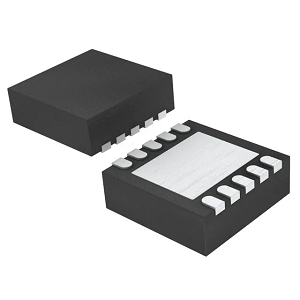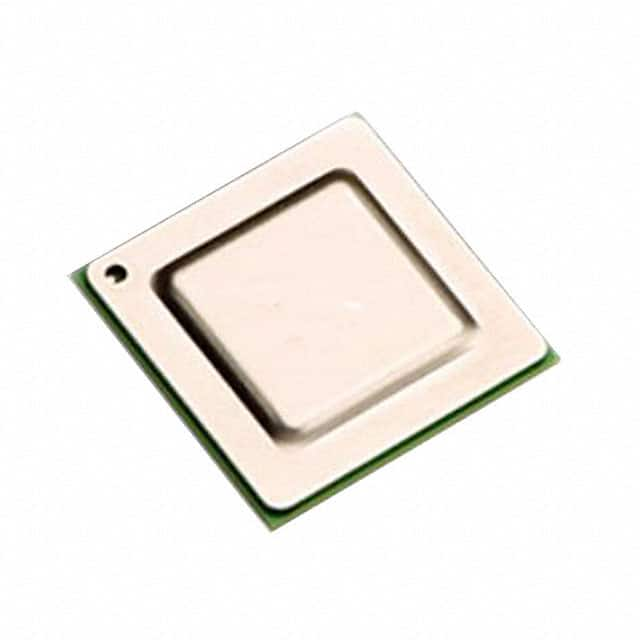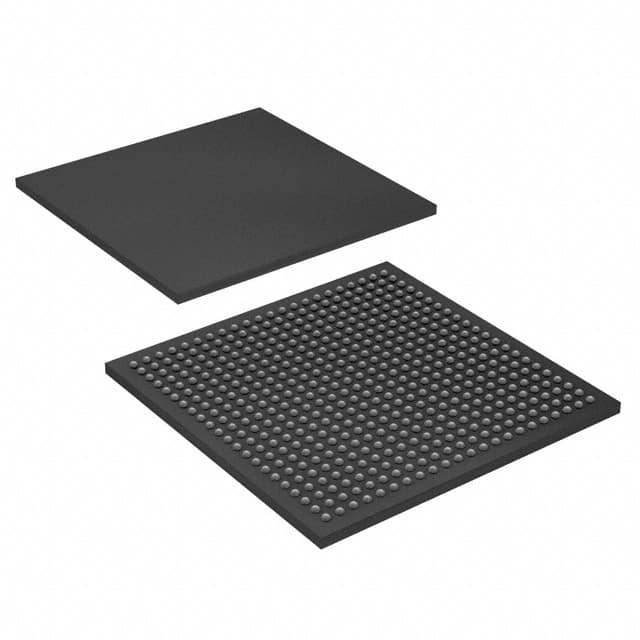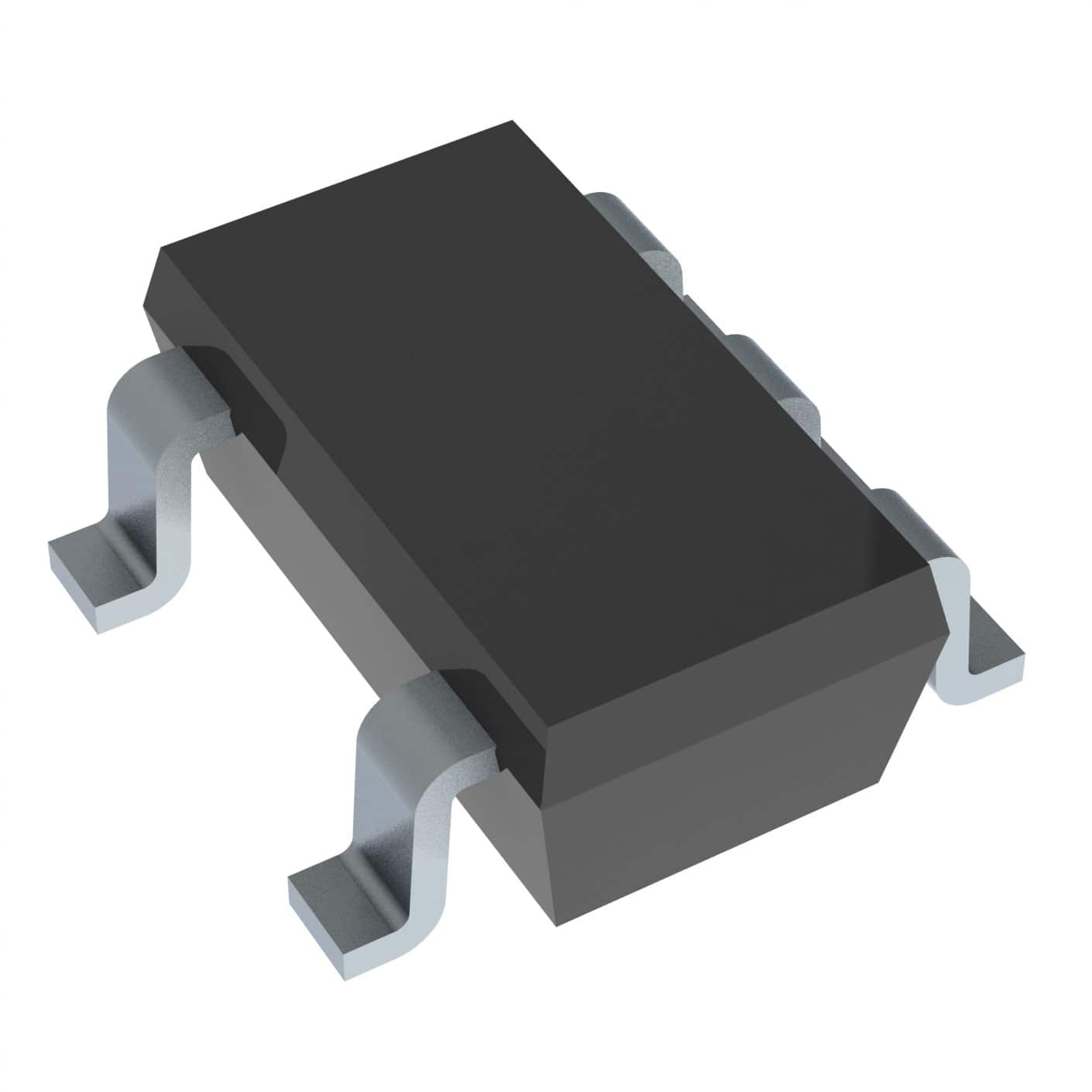NUC975DK61Y – Integrated Circuits, Embedded, Microcontrollers – NUVOTON Technology Corporation
Product Attributes
| TYPE | DESCRIPTION |
| Category | Integrated Circuits (ICs) |
| Mfr | Nuvoton Technology Corporation |
| Series | NUC970 |
| Package | Tray |
| Product Status | Active |
| DigiKey Programmable | Not Verified |
| Core Processor | ARM926EJ-S |
| Core Size | 32-Bit Single-Core |
| Speed | 300MHz |
| Connectivity | Ethernet, I²C, IrDA, MMC/SD/SDIO, SmartCard, SPI, UART/USART, USB |
| Peripherals | Brown-out Detect/Reset, DMA, I²S, LVD, LVR, POR, PWM, WDT |
| Number of I/O | 87 |
| Program Memory Size | 68KB (68K x 8) |
| Program Memory Type | FLASH |
| EEPROM Size | - |
| RAM Size | 56K x 8 |
| Voltage - Supply (Vcc/Vdd) | 1.14V ~ 3.63V |
| Data Converters | A/D 4x12b |
| Oscillator Type | External |
| Operating Temperature | -40°C ~ 85°C (TA) |
| Mounting Type | Surface Mount |
| Package / Case | 128-LQFP |
| Supplier Device Package | 128-LQFP (14x14) |
| Base Product Number | NUC975 |
Documents & Media
| RESOURCE TYPE | LINK |
| Datasheets | NUC970 Datasheet |
| Featured Product | Ticket Vending Machine |
Environmental & Export Classifications
| ATTRIBUTE | DESCRIPTION |
| RoHS Status | ROHS3 Compliant |
| Moisture Sensitivity Level (MSL) | 3 (168 Hours) |
| REACH Status | REACH Unaffected |
| HTSUS | 0000.00.0000 |
Integrated Circuit Type
1 Microcontroller definition
As the microcontroller is the arithmetic logic unit, memory, timer/calculator, and various / O circuits, etc. integrated into a chip, constituting a basic complete computing system, it is also known as a single-chip microcomputer.
The program in the microcontroller memory used closely with the microcontroller hardware and peripheral hardware circuits, is distinguished from the software of the PC, and is called the microcontroller program as firmware. Generally, a microprocessor is a CPU on a single integrated circuit, while a microcontroller is a CPU, ROM, RAM, VO, timer, etc. all on a single integrated circuit. Compared with CPU, microcontroller does not have so powerful computing power, nor does it have MemoryManaaement Unit, which makes microcontroller can only handles some relatively single and simple control, logic, and other tasks, and its widely used in equipment control, sensor signal processing and other fields, such as some home appliances, industrial equipment, power tools, etc.
2 The composition of the microcontroller
The microcontroller consists of several parts: central processor, memory, and input/output:
-Central processor:
The central processor is the core component of the MCU, including the two main parts of the operator and controller.
-Operator
The operator consists of arithmetic & logical unit (ALU), accumulator and registers, etc. The role of ALU is to perform arithmetic or logical operations on the incoming data. The ALU is capable of adding, subtracting, matching, or comparing the size of these two data, and finally storing the result in the accumulator.
The operator has two functions:
(1) To perform various arithmetic operations.
(2) To perform various logical operations and to perform logical tests, such as a zero value test or a comparison of two values.
All operations performed by the operator are directed by control signals from the controller, and, while an arithmetic operation produces an arithmetic result, a logical operation produces a verdict.
-Controller
The controller is composed of program counter, instruction register, instruction decoder, timing generator and operation controller, etc. It is the "decision-making body" that issues commands, i.e. coordinates and directs the operation of the whole microcomputer system. Its main functions are:
(1) To retrieve an instruction from memory and indicate the location of the next instruction in memory.
(2) To decode and test the instruction and generate the corresponding operation control signal to facilitate the execution of the specified action.
(3) Directs and controls the direction of data flow between the CPU, memory, and input and output devices.
The microprocessor interconnects the ALU, counters, registers and control section through the internal bus, and connects to the external memory and input/output interface circuits through the external bus. The external bus, also called the system bus, is divided into the data bus DB, address bus AB and control bus CB, and is connected to various peripheral devices through the input/output interface circuit.
-Memory
Memory can be divided into two categories: data memory and program memory.
Data memory is used to save data and program storage is used to store programs and parameters.
-Input/Output -Linking or driving different devices
Serial communication ports-exchange data between MCU and different peripherals, such as UART, SPI, 12C, etc.
3 Microcontroller classification
In terms of the number of bits, microcontrollers can be classified into: 4-bit, 8-bit, 16-bit, and 32-bit. In practical applications, 32-bit accounts for 55%, 8-bit accounts for 43%, 4-bit accounts for 2%, and 16-bit accounts for 1%
It can be seen that 32-bit and 8-bit microcontrollers are the most widely used microcontrollers today.
The difference in the number of bits does not represent the good or bad microprocessors, not the higher the number of bits the better the microprocessor, and not the lower the number of bits the worse the microprocessor
8-bit MCUs are versatile; they offer simple programming, energy efficiency and small package size (some have only six pins). But these microcontrollers are not typically used for networking and communications functions.
The most common network protocols and communication software stacks are 16- or 32-bit. Communication peripherals are available for some 8-bit devices, but 16- and 32-bit MCUs are often the more efficient choice. Nevertheless, 8-bit MCUs are typically used for a variety of control, sensing, and interface applications.
Architecturally, microcontrollers can be divided into two categories: RISC (Reduced Instruction Set Computers) and CISC (Complex Instruction Set Computers).
RISC is a microprocessor that executes fewer types of computer instructions and originated in the 1980s with the MIPS mainframe (i.e., RISC machines), and the microprocessors used in RISC machines are collectively called RISC processors. In this way, it is able to execute operations at a faster rate (millions more instructions per second, or MIPS). Because computers require additional transistors and circuit elements to execute each instruction type, the larger the computer instruction set makes the microprocessor more complex and executes operations more slowly.
CISC includes a rich set of microinstructions that simplify the creation of programs that run on the processor. The instructions are composed of assembly language, and some common functions originally implemented by software are implemented by hardware instruction system instead. The programmer's work is thus much reduced, and some lower-order operations or operations are processed simultaneously in each instruction period to increase the execution speed of the computer, and this system is called complex instruction system.
4 Summary
A serious challenge for today's automotive electronics engineers is to build a low-cost, trouble-free, and even in the event of a failure can work automotive systems, in the car performance gradually improve at the moment, microcontrollers are expected to enhance the performance of automotive electronic control units.












